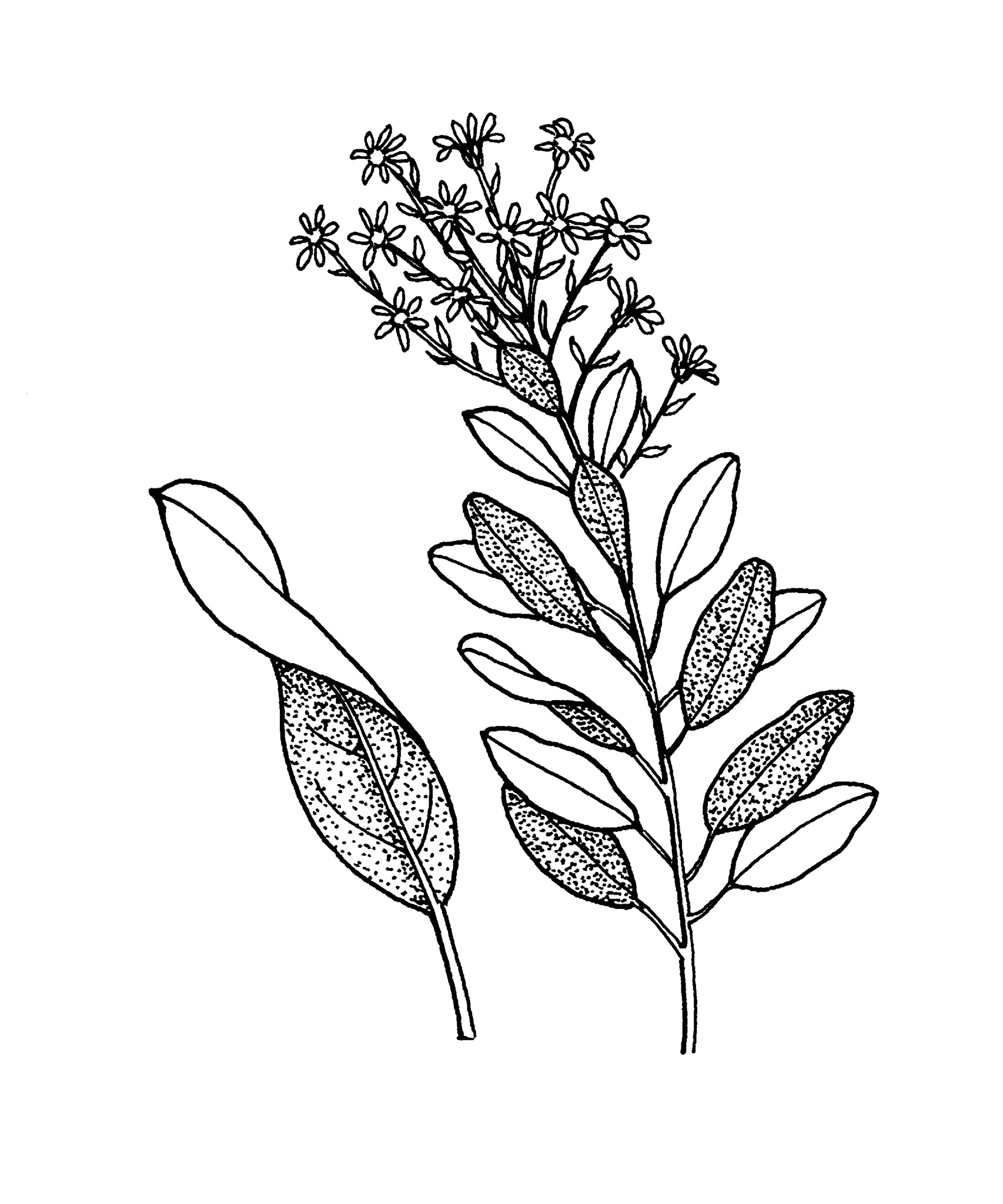
Greek brachys — short, glossa — tongue, an apparent allusion to the short, tongue-like ligules
Perennial herbs, shrubs, vines or trees. Stems erect or ascending. Leaves basal and/or along stems, alternate, entire, toothed or lobed, mostly long-petiolate. Capitula radiate or diskiform, in terminal corymbose panicles, rarely solitary, fragrant. Involucral bracts in 1 or 2 rows. Receptacle small, pitted. Ray florets female, yellow or white. Disk florets bisexual, yellow, cream or reddish. Achenes obloid, ribbed, glabrous or hairy. Pappus of many fine, white, persistent barbed bristles.
Often large, entire, toothed or lobed petiolate leaves; fragrant florets.
31 species from New Zealand and Tas.
Nordenstam (1978).
Source: (2002). Asteraceae. In: . Horticultural Flora of South-eastern Australia. Volume 4. Flowering plants. Dicotyledons. Part 3. The identification of garden and cultivated plants. University of New South Wales Press.
